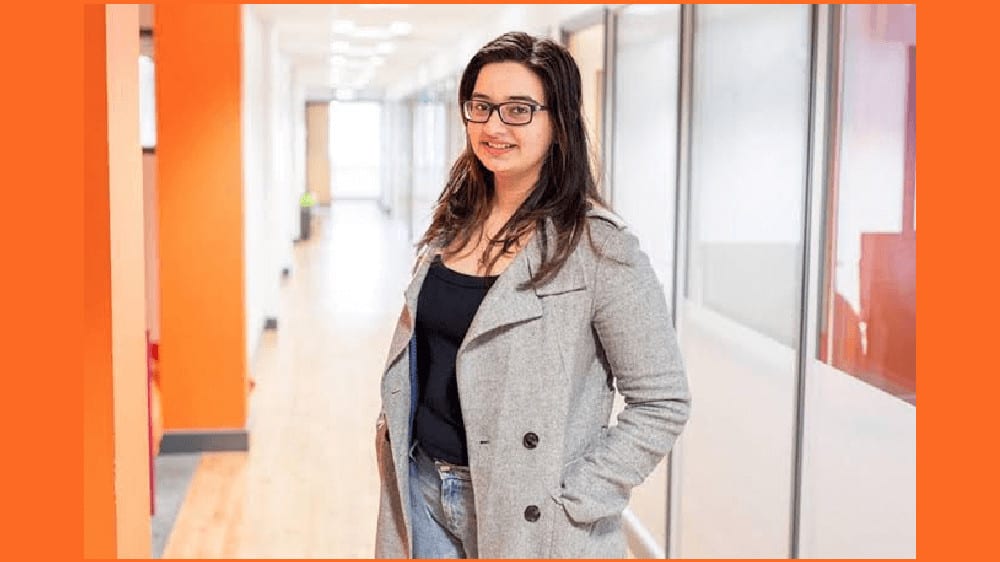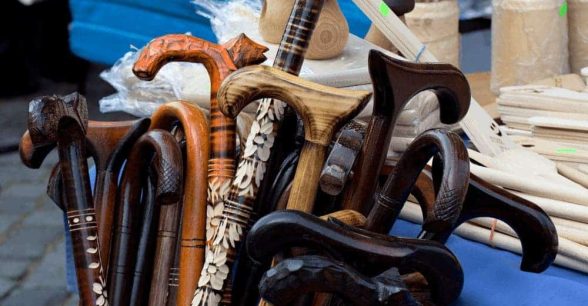The Cultural Implications of Being Disabled in India
It’s been eight years since I began experiencing debilitating flare ups of a chronic condition, and despite having a parent who is a doctor, it never crossed my mind that what I was struggling with could be considered a disability.
In 2013, as a hardworking and ambitious 17-year-old student, I remember sitting down to complete schoolwork and feeling a twinge on the right side of my neck. The pain was initially diagnosed as a severely knotted trapezius muscle and treated with several rounds of physiotherapy, steroid injections, and heavy doses of painkillers. But in the past year, it was found to be thoracic outlet syndrome (TOS) caused by an extra shoulder muscle that I was born with.
According to India’s National Statistics Office report on disability released last year, about 2.2% of the population lives with some kind of physical or mental disability. Until 2011, the Indian census only covered four types of disability: orthopedically handicapped, hearing handicapped, low vision, or mental disability.
Though the list of disabilities has since expanded to people with temporary loss of an ability, as well as recognising neurological and blood disorders and injuries of acid attack victims as disabilities, there still exists a large amount of social indifference towards people living with disabilities in India.
In my case, during the period when my peers were preparing for the dreaded “board exams” that most students in India see as the be-all, end-all of their foundational education, my time was taken over by visits to orthopaedics and various pain-relieving treatments. But despite the clear need I had for accommodations in exam-taking, I refused a scribe to assist.
On the surface, this may seem like a matter of pride. However, thinking back now, I believe that it was my own perception of “disability” that made me feel like I had no right to request any alternative arrangements.
One of the reasons for this self-perception could be the language used to describe disability in India. It is a country where labels play an important role in identifying the community or caste you belong.
As Kate Petcosky-Kulkarni, a 2016 research fellow at Boston University explains, words like “Viklang” – the Hindi word which translates into handicapped or crippled – is not only seen as offensive by certain sections of the population, but often conjures up a mental image of someone with a visible disability.
Painful and limiting as it may be, TOS is not visible to someone who doesn’t know me. The invisibility of my condition means that to a passing stranger or casual acquaintance, I appear to be a healthy, physically fit 25-year-old who should be able to lift a heavy suitcase or stand for long periods of time.
In a culture where I am expected to share the burden of household chores and “look after” my family, I am viewed with disdain or judgement, the question – sometimes in their eyes, sometimes voiced out loud – “why is she making her mother carry that?” ringing loud in my ears as a sense of shame settles in.
As one of Petcosky-Kulkarni’s interviewees, disability activist Rajiv Rathuri says of India’s restrictive definitions and understanding of disability, “If you are not counted, you don’t matter.” I am not counted, so my experiences don’t matter.
This lack of awareness regarding the wide spectrum of disability begins in school. When I was 13, I remember being unable to answer a teacher’s question because I couldn’t see the blackboard clearly. I was penalized for trying to explain myself.
My incident is not isolated. A 2016 survey of 36 government schools in Indian state Haryana teachers identified only 36 students with disability in Grades 3 to 5. However when the survey was directed to a selection of students, more than 60 students reported difficulties in either reading from the blackboard, hearing what the teachers are saying and/or moving freely in the school. One particular student did not respond to any of the questions they were asked; while fellow students noted that the child did not speak, the teacher seemed unaware of this and had not identified this child as having any difficulties in speaking, hearing or walking.
If these difficulties are not recognised early on, it’s unlikely they will be addressed or that students will be provided with appropriate support later in life. For me, nearly a decade of being conditioned by society and often times even family to believe that my pain or inability to complete a task is laziness instead of a genuine health condition has resulted in a large amount of internalised stigma that holds me back from asking for help when needed, to the detriment of my own health.
Comprehensive changes therefore need to be made to the Indian school system to enhance inclusivity in education. This includes making formal identification and assessment procedures for children with disabilities more available as well as appointing special educators who are trained to work with teachers at all school levels. India’s New Education Policy being an important first step for the future of not only inclusive education but re-shaping classrooms in a way that addresses disability stigma at the root.
After education, employment is the next thing to be addressed. Less than one-fifth of the disabled population in India is employed and according to Meera Shenoy, founder of Youth4Jobs, a company aiming to provide disabled youth with necessary skills to make them employment-ready, most Indian companies are “reluctant to hire youth with disabilities.”
Conversely, I often find myself reluctant to volunteer my skills in journalism when the opportunity is directed at disabled writers, a sense of guilt taking over because of the misguided belief that I am imposing in a space that is not mine. As obvious as it may sound, it needs to be said that disability is not a one-size fits all issue. Just because Indian society perceives disability in a certain way, doesn’t mean that I don’t struggle with a disability.
I am not lazy. I am not a bad daughter. I am a young woman with an invisible disability who has risen above chronic pain to do my best in life. I don’t deserve judgement, I deserve support.
About Rooted In Rights
Rooted in Rights exists to amplify the perspectives of the disability community. Blog posts and storyteller videos that we publish and content we re-share on social media do not necessarily reflect the opinions or values of Rooted in Rights nor indicate an endorsement of a program or service by Rooted in Rights. We respect and aim to reflect the diversity of opinions and experiences of the disability community. Rooted in Rights seeks to highlight discussions, not direct them. Learn more about Rooted In Rights



